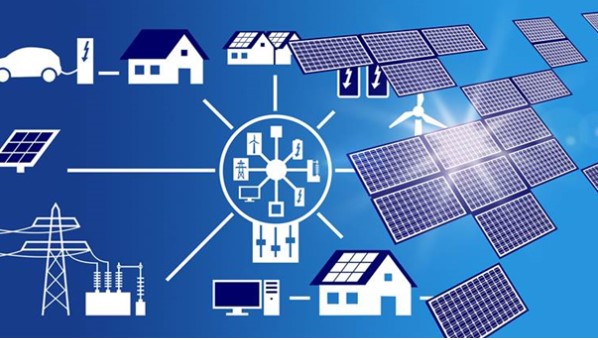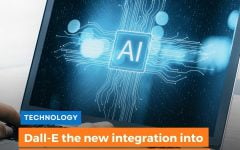Microgrids, biting the old system
June 18, 2022 2023-09-18 21:22Microgrids, biting the old system
Microgrids, biting the old system
The communities have more and more power thanks to the organization, and today it is a reality that, if they decide, they can generate their own energy using renewable energy through microgrids.
What is a micro network?
Microgrids are small-scale electricity supply networks designed to supply electricity to communities, backed by a high penetration of local renewable energies.
This local energy system incorporates three key components:
-
Generation
-
Storage
-
Demand
Image www.tudelft.nl
Benefits of Microgrids
“Climate extremes are increasing. A modern, decentralized and flexible electricity system can meet the challenge with clean energy community microgrids, the logical next step in California’s remarkable history of energy innovation.”
– Ellie Cohen CEO, The Climate Center
-
Provide efficient, low-cost, clean energy.
-
Improve the operation and stability of the regional electric grid.
-
Reduce grid “congestion” and peak loads.
-
Helps to reduce fuel use, and carbon footprint.
And what is the difference between regular power and microgrids?
Instead of using energy that may be generated through burning fossil fuels, microgrids derive their power from solar panels, wind power and other renewable energy sources.
The world is changing, for example, we can see how “California, Hawaii, New Jersey, New York, Connecticut, Massachusetts and Texas score as the top states for microgrid policy activity, with Puerto Rico also listed in the top tier, according to a new report by Think Microgrid”.
Think Microgrid National Microgrid Action: Tier Map
And while the networks are an excellent change, let’s not forget that the important thing is progress, for which the possibility of a hybrid system is also very beneficial, which, in fact, is the case in Australia. A report from https://www.energymonitor.ai/ explains that “Renewable energy became the major component of Australia’s electricity generation mix for the first time in 2019. The National Electricity Market (NEM), which delivers power to most of Australia’s regions except for Western Australia and the Northern Territory, reported that more than 50 percent of electricity delivered in that year came from solar- and wind-powered generation grids. As a result of these initiatives, the country’s greenhouse gas (GHG) emissions will dramatically come down in the coming years.
Australia is leading the way globally for renewable energy generation and adoption. Using CAT’s extensive range of state-of-the-art hybrid technology platforms, Energy Power Systems Australia (EPSA) can deliver a full spectrum of hybrid solutions”.
We are passionate about this topic at AIU, not only because of the benefits for the environment, but also because of success stories like that of former student, Edison Pares Atiles, an electrical engineer who is working with rural communities in Puerto Rico to create innovative options.
Pares Atiles is a Doctor in Electrical Engineering from the Atlantic International University. Edison graduated in 2020, and his thesis produced a plan to establish community microgrids in a remote community in Puerto Rico, which was affected in 2017, when two almost consecutive hurricanes, Irma and María, hit the island, leaving it without power for weeks.
Pares Atiles prefers community grids over industrial ones. He points that a community microgrid is a better option because it belongs to the people, adding a social aspect. They operate, maintain, and benefit from it. The revenue generated by the microgrid can be invested back in the community, building steps for power, social and financial sustainability.
This project addresses advancement transversally, hitting the environment, economy, and social growth topics, putting the world one step closer to achieving the Sustainable Development Goals.
With a microgrid that provides electricity for communities in risk areas, you are generating Climate Action by preventing and reducing the effects of climate change. On the other hand, an autonomous electric grid aims to fulfill the Affordable and Clean Energy, Decent Work and Economic Growth, and Industry Innovation and Infrastructure goals.
As part of his planning, Pares Atiles includes an alliance with Credit Unions, an example of Partnership for the Goals.
This engineer is generating action that addresses some of his country’s problems integrally, showing passion and commitment for his people.
If you are interested in learning more about the topic of micro networks, we invite you to enjoy the following information:
Get the Latest News from Microgrid Knowledge
Generate electrical power anywhere with EPSA’s CAT® Hybrid Microgrid System solutions
Microgrids for Rural Areas : Research and Case Studies
Microgrid Design and Operation : Toward Smart Energy in Cities
Reactive power-sharing and voltage restoration in islanded AC microgrids.
Author : Vanessa D”angelo |
























